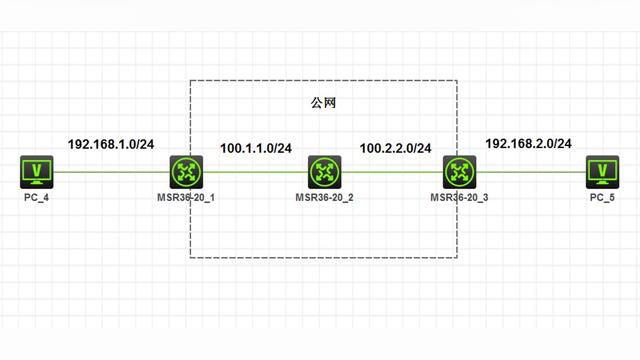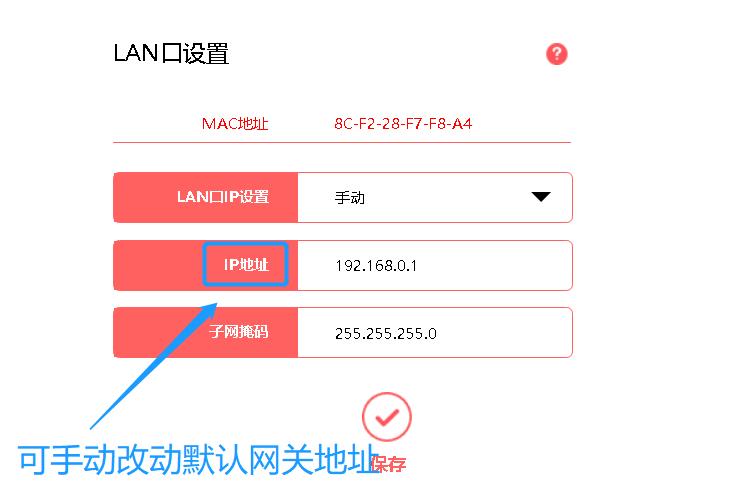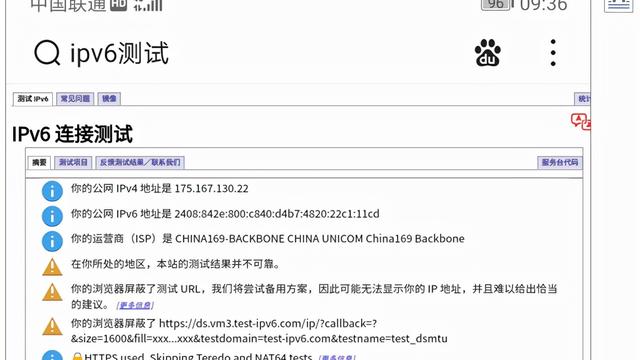本文将展示如何使用“全部接受”SSL支持配置Apache HttpClient 4。目标很简单 - 使用没有有效证书的HTTPS URL。
如果不使用HttpClient配置SSL ,以下测试(使用HTTPS URL)将失败:
public class RestClientLiveManualTest {
@Test(expected = SSLPeerUnverifiedException.class)
public void test()
throws ClientProtocolException, IOException {
CloseableHttpClient httpClient = HttpClients.createDefault();
String urlOverHttps
="https://localhost:8082/httpclient-simple)";
HttpGet getMethod = new HttpGet(urlOverHttps);
HttpResponse response = httpClient.execute(getMethod);
assertThat(response.getStatusLine().getStatusCode(), equalTo(200));
}
}
异常报错为:
JAVAx.net.ssl.SSLPeerUnverifiedException: peer not authenticated at sun.security.ssl.SSLSessionImpl.getPeerCertificates(SSLSessionImpl.java:397) at org.apache.http.conn.ssl.AbstractVerifier.verify(AbstractVerifier.java:126) ...
该
javax.net.ssl.SSLPeerUnverifiedException,该报错产生原因,当无法有效为URL建立信任链的时候。
现在让我们将HTTPClient配置为信任所有证书,无论其有效性如何:
@Test
public final void test()
throws GeneralSecurityException {
HttpComponentsClientHttpRequestFactory requestFactory = new HttpComponentsClientHttpRequestFactory();
CloseableHttpClient httpClient = (CloseableHttpClient) requestFactory.getHttpClient();
TrustStrategy acceptingTrustStrategy = (cert, authType) -> true;
SSLSocketFactory sf = new SSLSocketFactory(acceptingTrustStrategy, ALLOW_ALL_HOSTNAME_VERIFIER);
httpClient.getConnectionManager().getSchemeRegistry().register(new Scheme("https", 8443, sf));
ResponseEntity<String> response = new RestTemplate(requestFactory).
exchange(urlOverHttps, HttpMethod.GET, null, String.class);
assertThat(response.getStatusCode().value(), equalTo(200));
}
随着acceptingTrustStrategy 配置了 true的测试通过,client能够消费的HTTPS URL。
使用新的HTTPClient,现在我们有了一个增强的,重新设计的默认SSL主机名验证程序。此外,通过引入
SSLConnectionSocketFactory和RegistryBuilder,可以轻松构建SSLSocketFactory。所以我们可以编写上面的测试用例,如:
@Test
public final void test()
throws GeneralSecurityException {
TrustStrategy acceptingTrustStrategy = (cert, authType) -> true;
SSLContext sslContext = SSLContexts.custom().loadTrustMaterial(null, acceptingTrustStrategy).build();
SSLConnectionSocketFactory sslsf = new SSLConnectionSocketFactory(sslContext,
NoopHostnameVerifier.INSTANCE);
Registry<ConnectionSocketFactory> socketFactoryRegistry =
RegistryBuilder.<ConnectionSocketFactory> create()
.register("https", sslsf)
.register("http", new PlainConnectionSocketFactory())
.build();
BasicHttpClientConnectionManager connectionManager =
new BasicHttpClientConnectionManager(socketFactoryRegistry);
CloseableHttpClient httpClient = HttpClients.custom().setSSLSocketFactory(sslsf)
.setConnectionManager(connectionManager).build();
HttpComponentsClientHttpRequestFactory requestFactory =
new HttpComponentsClientHttpRequestFactory(httpClient);
ResponseEntity<String> response = new RestTemplate(requestFactory)
.exchange(urlOverHttps, HttpMethod.GET, null, String.class);
assertThat(response.getStatusCode().value(), equalTo(200));
}
现在我们已经了解了如何配置具有SSL支持的原始HttpClient,让我们来看看更高级别的方式-Spring RestTemplate。
如果未配置SSL,则以下测试将按预期会抛异常:
@Test(expected = ResourceAccessException.class)
public void test() {
String urlOverHttps
= "https://localhost:8443/httpclient-simple/api/bars/1";
ResponseEntity<String> response
= new RestTemplate().exchange(urlOverHttps, HttpMethod.GET, null, String.class);
assertThat(response.getStatusCode().value(), equalTo(200));
}
那么让我们配置SSL:
@Test
public void test()
throws GeneralSecurityException {
HttpComponentsClientHttpRequestFactory requestFactory
= new HttpComponentsClientHttpRequestFactory();
DefaultHttpClient httpClient
= (DefaultHttpClient) requestFactory.getHttpClient();
TrustStrategy acceptingTrustStrategy = (cert, authType) -> true
SSLSocketFactory sf = new SSLSocketFactory(
acceptingTrustStrategy, ALLOW_ALL_HOSTNAME_VERIFIER);
httpClient.getConnectionManager().getSchemeRegistry()
.register(new Scheme("https", 8443, sf));
String urlOverHttps ="https://localhost:8443/httpclient-simple/api/bars/1";
ResponseEntity<String> response = new RestTemplate(requestFactory).
exchange(urlOverHttps, HttpMethod.GET, null, String.class);
assertThat(response.getStatusCode().value(), equalTo(200));
}
这与我们为原始HttpClient配置SSL的方式非常相似 - 我们使用SSL支持配置请求工厂,然后我们实例化通过此预配置工厂的模板。
我们可以使用相同的方式配置我们的RestTemplate:
@Test
public void test()
throws ClientProtocolException, IOException {
CloseableHttpClient httpClient
= HttpClients.custom()
.setSSLHostnameVerifier(new NoopHostnameVerifier())
.build();
HttpComponentsClientHttpRequestFactory requestFactory
= new HttpComponentsClientHttpRequestFactory();
requestFactory.setHttpClient(httpClient);
ResponseEntity<String> response
= new RestTemplate(requestFactory).exchange(
urlOverHttps, HttpMethod.GET, null, String.class);
assertThat(response.getStatusCode().value(), equalTo(200));
}
本教程讨论了如何为Apache HttpClient配置SSL,以便它能够使用任何HTTPS URL,而不管证书是什么。还说明了Spring RestTemplate的相同配置。
然而,一个重要的事情是,这种策略完全忽略了证书检查 - 这使得它不安全,只能在有意义的地方使用。




